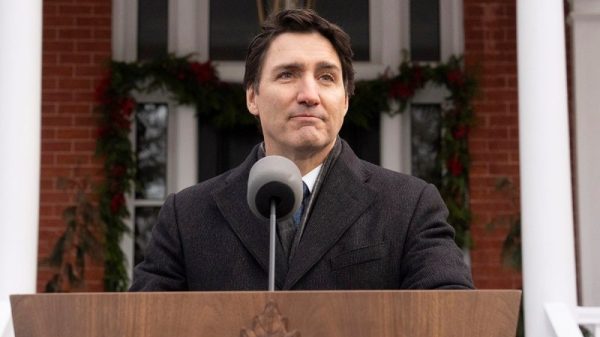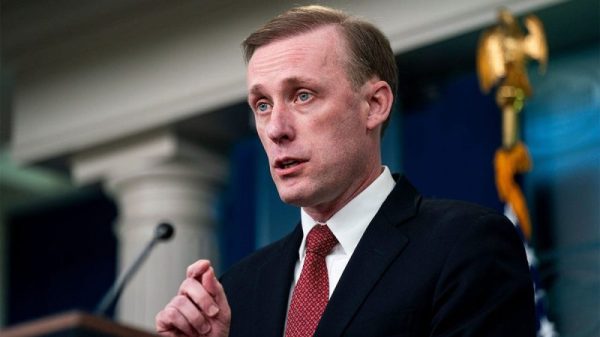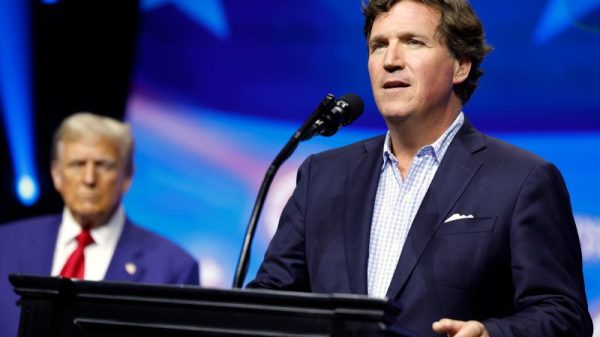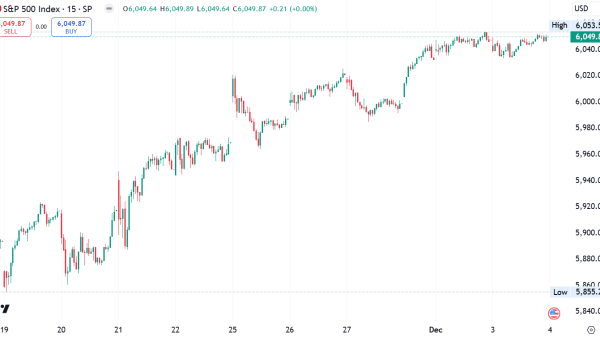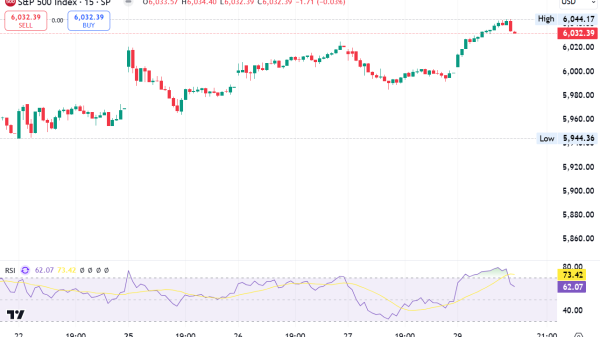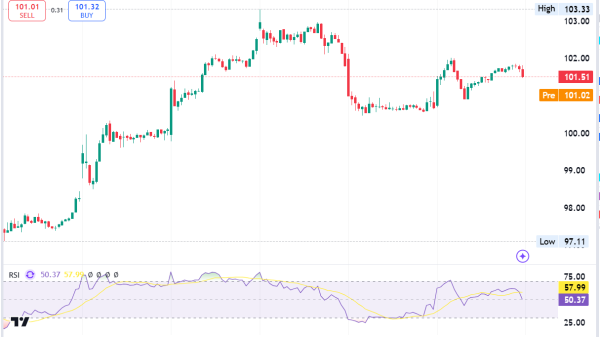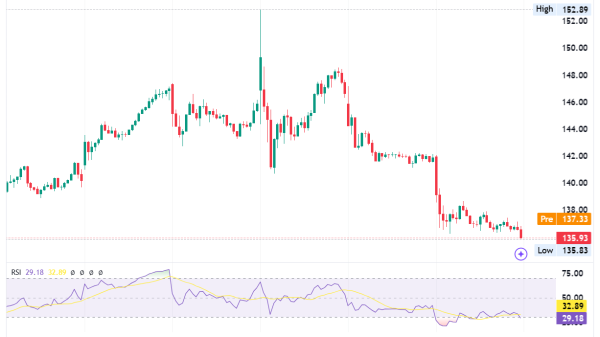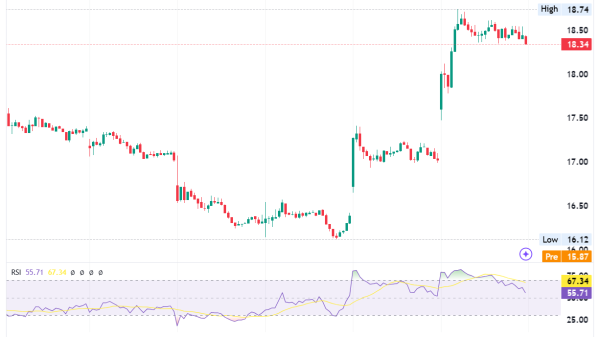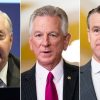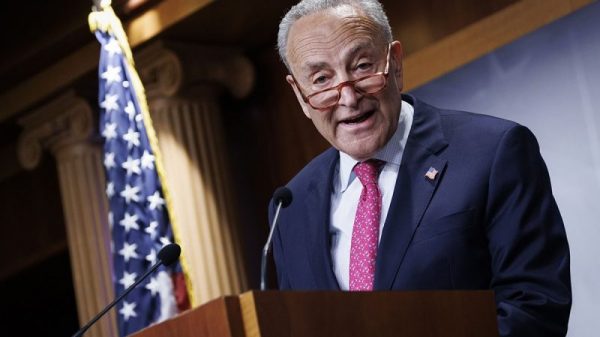Understanding PEG Adjustment: A Guide for Investors
Every country in the world has its own exchange rate policy. This policy entails how the national currency is related to the major currencies. These are most commonly the US dollar or Euro. PEG adjustment refers to the currencies whose exchange rate is floating i.e. adjustable. The country actually allows the currency value to float according to the market.
However, this happens only in a narrow band. At one moment, the central bank must intervene to restore the peg. Before we tackle peg adjustment in more detail, let’s first see how the exchange rate functions in the foreign exchange market.
Exchange rate in Forex – how does it work?
The two main regimes in exchange rates are floating / adjustable and fixed.
A fixed exchange rate allows you to always exchange one currency for a set amount of another currency. This is common in countries like Saudi Arabia. The currency is tied to the US dollar because oil contracts are priced in dollars.
The exchange rate, also called parity of a currency, is its price in relation to another. We speak of currency to designate the currency of a foreign country. This term is, therefore, common in foreign exchange matters.
Saying that the euro/dollar exchange rate (EUR/USD) is 1.11 means that selling 1 euro makes it possible to obtain 1.11 dollars. As the proportionality table shows, in the opposite direction, the dollar/euro exchange rate (USD/EUR) is then 0.90. Thus, with the sale of 1 dollar, we can obtain 0.90 euros.
The exchange rate refers to all the purchases and sales of currencies that the market participants make each day. The main participants are commercial banks, central banks, large companies, institutional investors such as insurance companies, etc.).
Understanding PEG adjustment – Adjustable Peg Explained
When it comes to adjustable pegs, the rate of a currency is fixed relative to a standard – often a currency or a basket of currencies – by the central bank that issues this currency.
The rate thus fixed is called the central rate (or fixed parity). And it constitutes the reference exchange rate around which a certain fluctuation margin exists.
The monetary authorities are required to defend the central rate to keep it within the authorized fluctuation margin. Changes to the central rate (devaluation or revaluation) can nevertheless be authorized under certain conditions.
There are several forms of fixed exchange rate regimes. A central exchange rate can be fixed with a more or less wide authorized fluctuation margin.
In a single currency regime (the case of the Euro), a central bank establishes fixed and irrevocable exchange rates, with local currencies being replaced by a common currency.
In a currency board system (case of the Argentine peso from 1991 to 2001), the issue of currency depends strictly on the quantities of reference currency set aside by the central bank of the country concerned. Sometimes both currencies, local and reference, circulate freely within the country.
Example of an Adjustable Peg
The central banks of these countries, therefore, undertake to provide foreign currency against the national currency at the official rate. Therefore, the price is entirely administered. Under a fixed exchange rate regime, governments can, however, devalue or revalue their currency, i.e. lower or increase its price in relation to other currencies if the official rate is deemed unsuitable.
Finally, the majority of countries have chosen an intermediate exchange rate regime. China is an example of this. The Chinese yuan (or renminbi) is indexed to a basket of currencies composed of the dollar, the Euro, the yen and the Korean won.
The exchange rate of the yuan fluctuates on the foreign exchange market but in a limited way, around the value of the basket. The exchange rate is managed by the Chinese authorities, who buy and sell their currency on the market (see “Foreign exchange interventions”).
Adjustable Pegs Special Considerations
Many countries are still reluctant to float their currencies for fear of excessive fluctuations and also for fear of being less successful in controlling inflation expectations. This is particularly true for countries whose bank balance sheets are exposed to exchange rate risk. In these countries, the transmission of inflation through the exchange rate is greater.)
They are also concerned about how they will exit the fixed exchange rate regime, because they know that an orderly exit requires to be well prepared, to act at the right time and to be able to rely on a sound macroeconomic framework. In fact, in most cases, countries that have abandoned fixed exchange rates in favour of floating currencies have been pushed into doing so by a crisis situation.
The post Understanding PEG Adjustment: A Guide for Investors appeared first on FinanceBrokerage.



